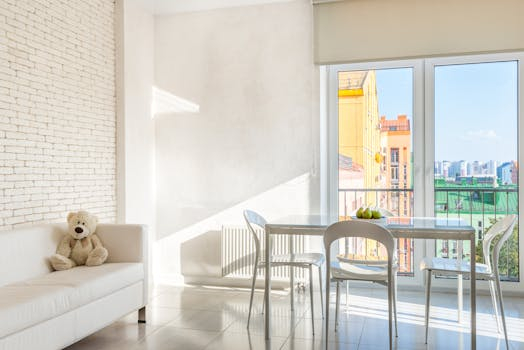Balcony Bounty: Maximizing Harvest in Minimal Space
As more and more people move into urban areas, the availability of land for traditional gardening has become limited. However, that doesn’t mean green-thumbed individuals have to give up on growing their own food. With a little creativity and some strategic planning, even the tiniest of spaces can yield a bountiful harvest. In this article, we’ll explore how you can maximize your harvest in minimal space by utilizing your balcony as a productive and efficient gardening space.
The Benefits of Balcony Gardening
Before we dive into the specifics of balcony gardening, let’s first discuss why it’s worth considering. Not only does balcony gardening offer a solution to limited space for growing food, but it also has numerous other benefits. For one, it can improve the appearance of your balcony, making it a more inviting and comfortable space to lounge in. Additionally, it can save you money on groceries and provide you with fresh and organic produce right at your fingertips.
Choosing the Right Plants
The key to maximizing your balcony harvest is choosing the right plants. Space is at a premium, so you’ll want to opt for plants that will not only thrive in containers but also produce a high yield. Some great options include tomatoes, peppers, herbs, and leafy greens such as lettuce and spinach. These plants are compact and can be grown in small containers, making them perfect for balcony gardening.
Vertical Gardening
When it comes to limited space, thinking vertically is essential. Vertical gardening allows you to grow more plants in a smaller area by utilizing wall space. There are numerous ways to incorporate vertical gardening into your balcony, such as using hanging planters, trellises, or even a simple shoe organizer hung on the wall. This technique also adds a unique aesthetic to your balcony.
Smart Container Selection
Choosing the right containers is crucial for a successful balcony garden. Look for containers that are lightweight, durable, and have proper drainage. As for size, opt for larger containers that can accommodate the root system of your chosen plants. This will ensure they have enough room to grow and produce a higher yield.
Soil and Fertilizer
Another essential consideration for balcony gardening is choosing the right soil and fertilizer. As plants in containers do not have access to the natural nutrients found in the ground, it’s crucial to use a high-quality potting soil. You can also add organic fertilizer to provide your plants with additional nourishment, promoting healthier growth and bigger yields.
Regular Maintenance
Just like any garden, balcony gardens require regular maintenance to thrive. Watering is obviously a key component, and it’s crucial to keep an eye on the moisture levels of your soil, as containers tend to dry out quicker than traditional gardens. Fertilizing and pruning are also important to ensure your plants continue to produce throughout the season.
Harvesting and Storage
Finally, it’s important to know when and how to harvest your crops. Be sure to research the best time to harvest for each specific plant, as different plants have varying maturation times. Once harvested, be sure to store your produce properly to extend its shelf life. For example, leafy greens should be stored in a plastic bag in the refrigerator, while tomatoes can be stored at room temperature.
With a little creativity and some careful planning, your balcony can become a flourishing garden that provides you with fresh produce throughout the year. So, why not put your green thumb to work and start your own balcony bounty today? Not only will it benefit your health and wallet, but it will also add a touch of beauty and nature to your urban living space.







